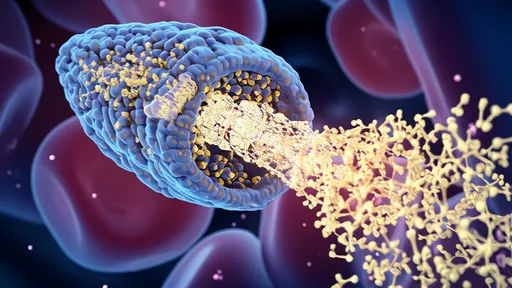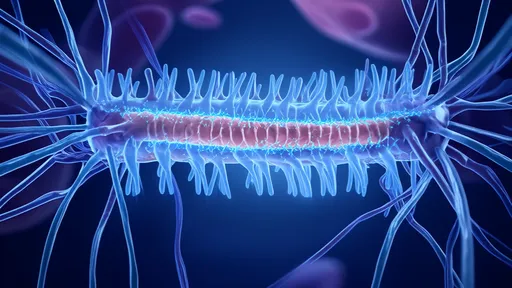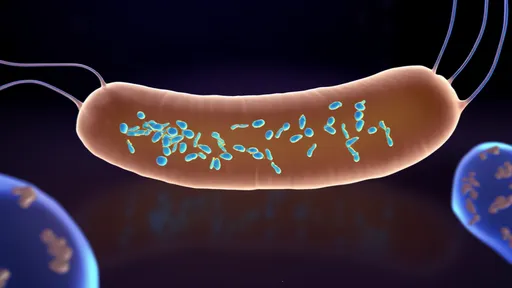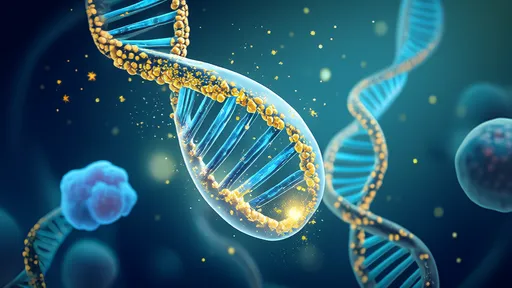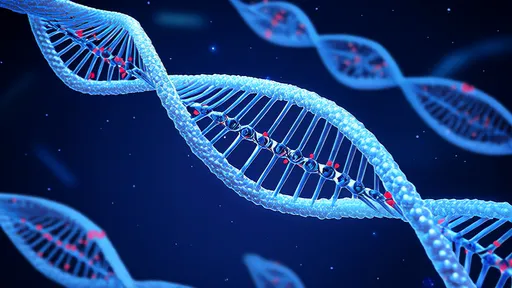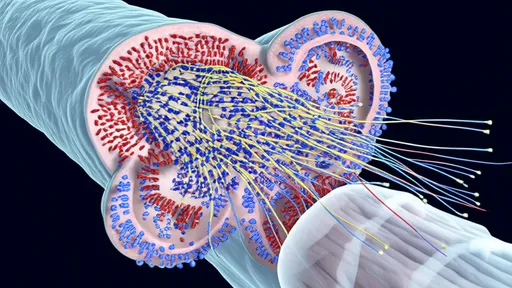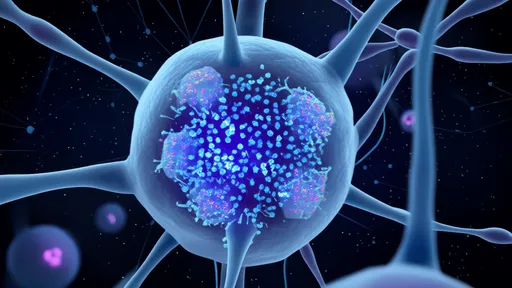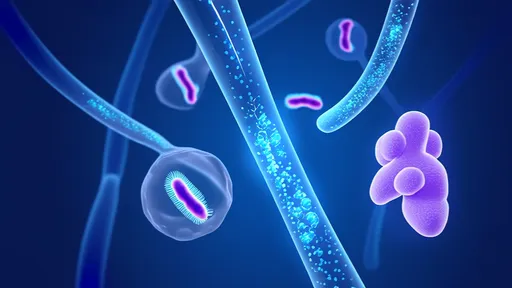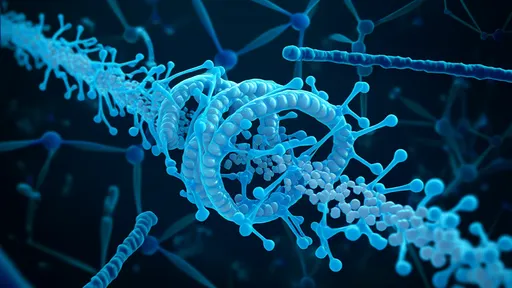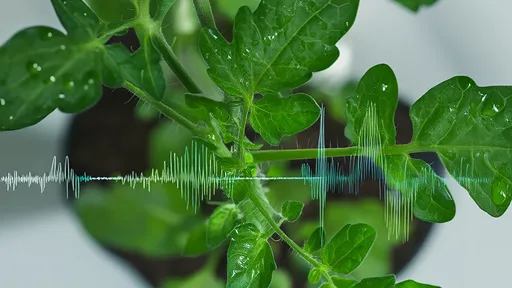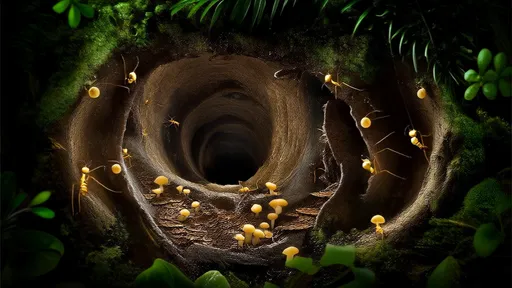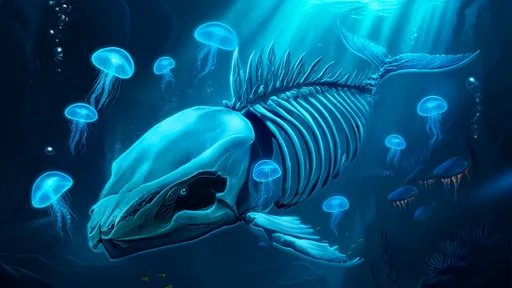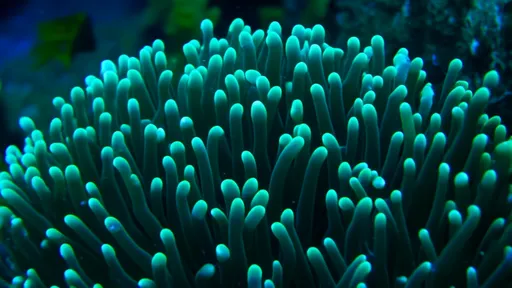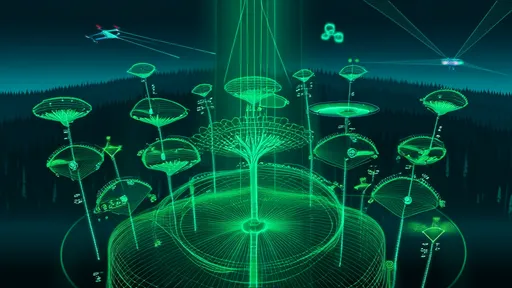In the dense rainforests of Central and South America, leafcutter ants have perfected an architectural marvel that puts human climate control systems to shame. These tiny engineers construct elaborate underground nests spanning hundreds of square feet, maintaining near-perfect temperature and humidity levels year-round – without using a single watt of electricity. As architects and engineers grapple with the urgent need to reduce building emissions, these insect-built structures offer profound lessons in passive climate regulation.
The leafcutter ant's climate control system begins with precise nest placement. Colonies strategically position their main entrance mounds on south-facing slopes where they can capture optimal sunlight. This solar orientation allows the nest to harness the sun's warmth during cooler mornings while avoiding excessive afternoon heat. Human architects are now mimicking this principle through "solar-responsive" building designs that automatically adjust shading elements based on the sun's position.
Below ground, the ants' ventilation system puts modern HVAC systems to shame. A network of carefully arranged tunnels creates convection currents that draw fresh air downward through central channels while expelling warm, stale air through peripheral exits. Researchers at Harvard's Wyss Institute have measured these flows and found they maintain nest temperatures within a remarkable 1°C variance – outperforming most human-built structures. Some forward-thinking architects are experimenting with similar "stack ventilation" designs in buildings, dramatically reducing mechanical cooling needs.
Perhaps most astonishing is the ants' waste management system's role in climate control. The insects maintain specialized chambers where they cultivate fungus on harvested leaves. These fungal gardens generate heat as they decompose organic matter, and the ants meticulously regulate their placement within the nest to provide warmth during cooler periods. Modern building designers are taking note, exploring how to strategically place heat-generating functions like server rooms or kitchens to contribute to a building's thermal balance.
The nest's construction materials offer another masterclass in sustainability. Ants reinforce their tunnels with a natural cement made from saliva, soil particles, and chewed vegetable matter – creating structures that are both breathable and insulating. This has inspired researchers at MIT to develop new bio-based building materials that mimic these properties. Their "living concrete" incorporates bacteria that help regulate humidity and temperature, much like the ants' organic construction methods.
What makes the leafcutter system truly revolutionary is its complete energy independence. Unlike human buildings that rely on external power sources, the ant nest operates as a closed-loop system where every byproduct becomes an input. Moisture from respiration helps maintain humidity, while CO2 from the colony fuels fungal growth. This circular approach is now informing cutting-edge "regenerative architecture" that aims to make buildings net producers rather than consumers of resources.
Several real-world projects already demonstrate how ant-inspired design can slash energy use. The Eastgate Centre in Harare, Zimbabwe, modeled its ventilation system on termite mounds (close relatives of leafcutter ants), using 90% less energy than conventional buildings. In Germany, the BIQ House features algae-filled façade panels that regulate temperature much like fungal chambers in ant nests. These projects prove that biomimicry isn't just theoretical – it delivers measurable results.
As climate change accelerates, the building sector faces enormous pressure to decarbonize. Leafcutter ants offer a 50-million-year head start in solving exactly these challenges. Their nests demonstrate how to achieve perfect climate control through design rather than energy consumption – a lesson humanity desperately needs to learn. The next frontier of sustainable architecture might not come from Silicon Valley, but from the rainforest floor.
The implications extend beyond individual buildings to urban planning. Ant colonies distribute their nests in patterns that optimize microclimates across their territory. Similarly, forward-thinking cities are now considering how building placement can create beneficial airflow and temperature moderation at district scales. Tokyo's recent "urban wind pathway" initiative draws direct inspiration from such biological systems.
Critically, ant architecture achieves resilience through redundancy. If one tunnel collapses or a ventilation path gets blocked, multiple alternative routes maintain the nest's climate stability. This principle is now being applied to disaster-resistant building designs, where passive backup systems ensure livable conditions during power outages – an increasingly vital feature in our climate-disrupted world.
Perhaps the most humbling lesson from leafcutter ants is that true sustainability requires thinking in systems rather than isolated solutions. The ants don't have separate teams working on ventilation, heating, and waste management – all these functions emerge from a unified design logic. As human architects embrace this holistic approach, we may finally create buildings that work with natural forces rather than against them.
For decades, the blood-brain barrier (BBB) has stood as a formidable gatekeeper, selectively shielding the brain from harmful substances while frustrating efforts to deliver life-saving therapeutics. This biological fortress, while essential for protecting our most vital organ, has rendered many promising treatments for neurological disorders ineffective. Now, a groundbreaking approach combining protein engineering and artificial intelligence is cracking the code to safe BBB penetration, potentially revolutionizing treatment for Alzheimer's, Parkinson's, and brain cancers.
In a groundbreaking development that could revolutionize the treatment of spinal cord injuries, researchers have successfully engineered hydrogel-based optical fibers capable of mimicking neural pathways. These "neural optical fibers" represent a fusion of advanced materials science and neurobiology, offering new hope for patients with previously untreatable damage to their central nervous system.
In a groundbreaking discovery that could revolutionize our approach to plastic waste, scientists have identified a surprising ally in the fight against polyethylene pollution: the humble wax worm. More specifically, the bacteria residing in the gut of these caterpillar-like creatures have demonstrated an extraordinary ability to break down one of the world's most stubborn plastics. This finding opens new avenues for tackling the global plastic crisis through biological means.
In a groundbreaking development that challenges our understanding of aging, scientists have demonstrated the potential to reverse cellular aging through a technique called transient reprogramming. This approach temporarily rewinds the epigenetic "clock" of cells without erasing their identity, opening new possibilities for regenerative medicine and age-related disease treatment.
In a groundbreaking leap for precision medicine, researchers have unveiled a light-controlled CRISPR delivery system using DNA-origami "nanodrones" – a fusion of nanotechnology and gene editing that promises unprecedented control over therapeutic targeting. This innovation, emerging from a collaboration between bioengineers and geneticists, reimagines drug delivery by combining the programmability of DNA nanostructures with the spatial precision of optogenetics.
In a groundbreaking study that could reshape our understanding of consciousness, neuroscientists have identified the thalamic reticular nucleus (TRN) as a potential "rhythmic switch" governing wakefulness through gamma wave modulation. This almond-shaped inhibitory structure, often described as the brain's gatekeeper, appears to orchestrate states of awareness by tuning neural oscillations like a conductor leading a symphony of consciousness.
For decades, chronic pain has remained one of medicine's most elusive challenges – a complex interplay of biological, psychological, and social factors that often defies conventional treatment. Now, groundbreaking research into the spinal cord's neural "fingerprints" of pain is revolutionizing our understanding of how persistent pain becomes etched into the nervous system. Scientists are mapping specialized neural circuits that appear to encode chronic pain with remarkable specificity, opening new avenues for targeted therapies.
In a groundbreaking discovery that reshapes our understanding of brain metabolism, researchers have identified glial cells as the unsung architects of neuronal energy distribution. The study reveals how these long-overlooked support cells orchestrate the precise mitochondrial allocation to neurons, challenging the neuron-centric dogma of neuroscience. This paradigm shift underscores glial cells' role as metabolic conductors in the symphony of brain function.
Scientists have uncovered a startling new pathway by which gut microbes communicate with the brain at lightning speed. Dubbed the "10-second gut-brain superhighway," this discovery centers on the vagus nerve's ability to transmit microbial signals faster than previously thought possible. The findings could revolutionize our understanding of conditions ranging from depression to irritable bowel syndrome.
In a groundbreaking discovery that bridges molecular biology and neuroscience, researchers have uncovered how the CPEB protein acts as a "molecular glue" to solidify long-term memories through an elegant phase transition mechanism. This finding not only revolutionizes our understanding of memory persistence but also reveals nature's ingenious solution to maintaining information at the molecular level.
In a groundbreaking discovery that blurs the line between botany and acoustics, researchers have uncovered evidence of tomatoes employing ultrasonic warfare against herbivorous insects. The study, published in Nature Plants, reveals how tomato plants emit high-frequency sounds when under attack - not as passive victims, but as active participants in their own defense.
In the dense rainforests of Central and South America, leafcutter ants have perfected an architectural marvel that puts human climate control systems to shame. These tiny engineers construct elaborate underground nests spanning hundreds of square feet, maintaining near-perfect temperature and humidity levels year-round – without using a single watt of electricity. As architects and engineers grapple with the urgent need to reduce building emissions, these insect-built structures offer profound lessons in passive climate regulation.
The depths of the ocean hold secrets that continue to astonish scientists, and among the most enigmatic phenomena is the "whale fall"—the carcass of a deceased whale sinking to the seabed. These massive organic deposits create transient ecosystems, supporting diverse marine life for decades. But beyond the visible scavengers and bone-eating worms, a hidden microbial world thrives, and within it, something extraordinary has been discovered: colossal bacteriophages, viruses that prey on bacteria, with genomes so large they defy conventional understanding.
In a groundbreaking discovery that could revolutionize coral reef monitoring, scientists have identified a natural early warning system for coral bleaching events. Certain coral species exhibit vivid fluorescent patterns when under thermal stress, acting as biological "sentry lights" that signal the onset of bleaching before visible damage occurs. This phenomenon, observed in reef-building corals across the Indo-Pacific, represents nature's own climate change alert system.
In a groundbreaking development for ecological research and climate science, researchers have harnessed advanced LiDAR technology to map the photosynthetic efficiency of trees across vast forested areas. Dubbed the "carbon pulse" of forests, this innovative approach provides unprecedented insights into how trees absorb and process carbon dioxide at an ecosystem scale. The implications for understanding carbon sequestration, forest health monitoring, and climate change mitigation strategies are profound.
